With approximately 83% of the smartphones in the market today running on Android, it wouldn’t take a genius to call this the largest mobile operating system. Thanks to its malleable framework and continuous development, this OS has firmly stomped its ground on top of the market.
Android’s dominance is unquestionable, but that doesn’t mean that it would not be replaced. The world was once ruled in numbers by Nokia and its Symbian Operating System until smartphones came to play. With that, it’s really possible for an Android alternative to snatch the crown. Frankly, though, there aren’t a lot of competitors out there.
Despite that, other mobile operating systems developing today might just rise up enough to challenge the rule of Android.
What Is a Mobile Operating System?
By definition, a mobile operating system is a software that would allow smartphones to function the way we know it today. Without an operating system, a smartphone is simply a brick of cellphone parts. To be poetic about it, an OS breathes life onto smartphones.
With an operating system, a phone could run applications and different programs. Consequently, a mobile operating system also allows a cellphone to add in more features and improvements on a smartphone.
10 Android Alternatives
iOS
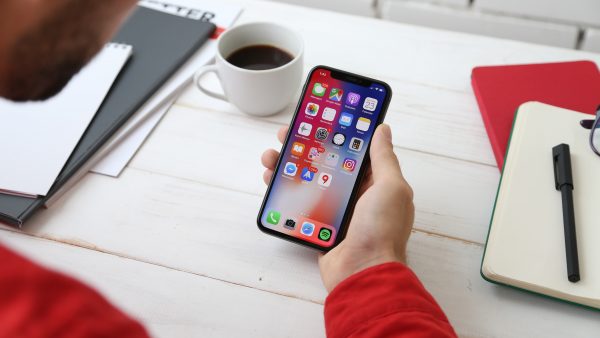
Highlights:
- Top-of-the-line security
- Smooth and blazing fast user interface
You cannot simply talk about alternatives to Android or mobile operating systems, in general, without mentioning Apple’s iOS. It is a known fact that iOS is Android’s direct rival in the industry since these two systems have the highest market shares to this day.
The iOS was first released back in 2007 to support Apple’s first generation of iPhones. Later on, Apple has released other devices with iOS such as the iPad and the iPod touch.
The iOS software is prominent for its smooth user interface and minimalist display. Almost anyone who has a smartphone can recognize the look of the iOS UI. Its security features are the golden standards. From its revolutionary fingerprint scanner to its sophisticated authentication locks, iOS surely never ran out of ways to fortify its devices.
iOS is officially exclusive only to Apple products. The latest version of this OS, the iOS 13, supports iPhones 6s to 11 Pro Max. It also supports iPod Touch 7 and all iPads from iPad Air 3 to iPad Pro 2. Meanwhile, Apple has recently previewed iOS 14 to the public.
KaiOS
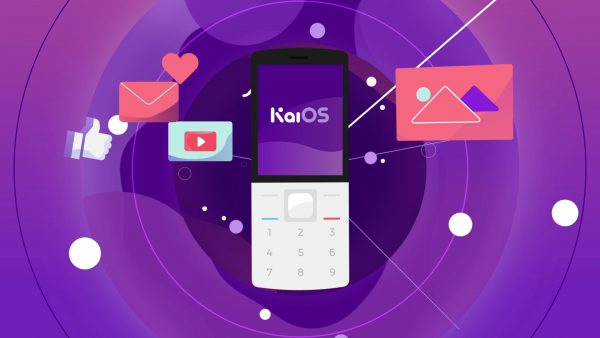
Highlights:
- Available for analog cellphones
- Lower energy consumption
- Made for simple use
- Linux-based
KaiOS is considered as the third most popular mobile OS in the world. It has the third most market share in the industry although it is also important to note that iOS and Android hold almost 100% of the market. Despite that, KaiOS still remained relatively competitive in the market by integrating 4G LTE and Wi-Fi access into non-touch phones.
The said OS was launched in 2017. It was created by Linux as an addition to its line of open-source operating systems.
KaiOS supports non-touch phones. With that said, its biggest seller is that it enables simple analog phones to access applications such as Twitter or YouTube. Also, since this OS is used by simpler phones, you could expect that energy consumption won’t be much of a problem. Basically, it brings smartphone features to the non-smartphones.
Currently, KaiOS supports 35 devices, which a lot more compared to Apple’s 18. KaiOS phones are often from relatively unknown brands. Examples of phones containing this mobile operating system are the Alcatel 3078 and the Nokia 8110 4G.
Sirin OS
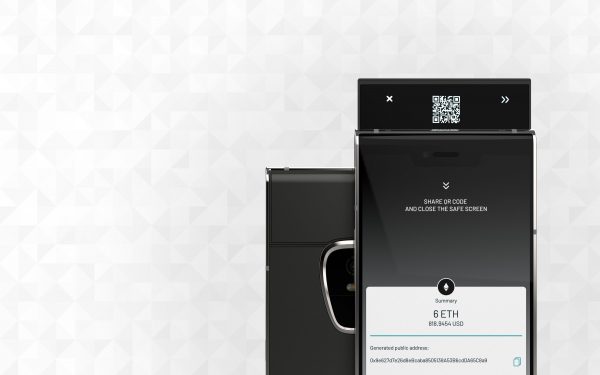
Highlights:
- Supports one device (FINNEY by Sirin Labs)
- Specifically made to be secured enough to store cryptocurrency
- Great for crypto-traders
- Has its own token system (SIRIN Token)
Sirin is not as popular as the likes of Apple and Android, but that’s because this OS is still on the rise. It is one of the newest mobile operating systems out there and it is definitely an Android OS alternative for those who are into cryptocurrency.
Founded by Israeli tech-entrepreneur and crypto mogul Moshe Hogeg, Sirin Labs was made for the purpose of cryptocurrency. The company was launched in 2013 and its proprietary OS, Sirin OS, was released in 2018.
Sirin OS’s list of features is something that only the likes of Moshe would appreciate. If you are into cryptocurrency, a mobile operating system made and fortified for mobile use of crypto might be attractive.
This OS has a proprietary Token Conversion Service, which would enable users to trade supported tokens and coins automatically. Sirin is still connected to Android via the app store since this two-year-old OS doesn’t have its own app store yet.
Sirin OS is currently exclusive to Sirin Labs’ only smartphone brand, FINNEY. FINNEY is the world’s first blockchain smartphone that makes it the perfect unit to house Sirin OS. This combination is definitely something that traders should consider as an alternative to Android phones.
Ubuntu Touch
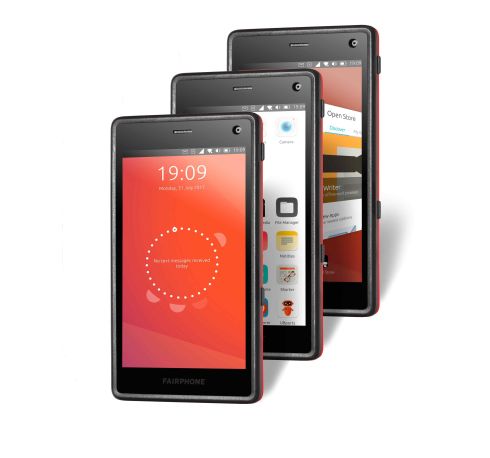
Highlights:
- Made by a known brand
- Connected to the Linux Open Store
- Totally independent from Google and Android services
- Supports smartphones and tablets
Ubuntu is one of the leading operating systems for PCs. Unlike the smartphone industry, the desktop industry’s OS race is relatively closer. Although systems like Windows and the Apple OS are the leaders, Linux and Ubuntu are not far behind.
In 2013, PC system player Ubuntu entered the smartphone market with Ubuntu Touch. It was released as a precursor to the said company’s own smartphone line.
Ubuntu Touch is supposed to feel like Ubuntu on a smartphone. If you have been using Ubuntu on your PC, a smartphone containing the same system might not be a bad idea. For those who have not tried out Ubuntu, this Android alternative might be a refreshing experience. The said OS comes with pre-installed core applications like the dialer, calendar, and internet browser. Ubuntu Touch is also connected to Linux’s OpenStore.
Much like KaiOS, Ubuntu Touch is not exclusive to any particular brand. UT supports several smartphones and tablets as well. Examples of devices using the said OS is Fairphone 2 and OnePlus One.
Tizen OS
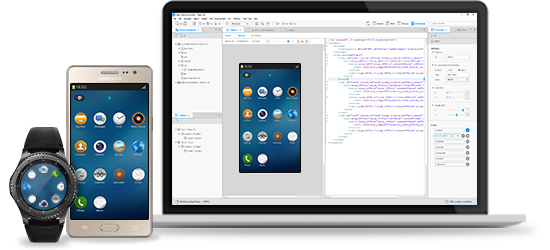
Highlights
- Functions under Linux but has close ties with Samsung as well
- Supports several Samsung wearables and smartphones
- Currently in version 3.0 (Tizen 3.0)
Tizen is another operating system developed by Linux. Tizen supports several devices from wearables to TVs and mobile devices on top.
One of Tizen’s key features resembles that of Apple’s. Tizen’s open-source nature allows it to support multiple devices. Consequently, Tizen can connect all of these smartphones, wearables, and other devices under one system. Connectivity is one of the best features an OS can have, and it seems like Tizen got that right.
It also supports fast browsing and HTML5. Being an open-source platform, Tizen is not bound by any other OS and can even connect to the App Store.
Not a lot of people are familiar with Tizen OS. However, what people don’t know is that Tizen supports a lot of known devices. Samsung’s Galaxy Gear series runs in Tizen while several of the same brand’s cameras also make use of this OS. As for mobile devices, Tizen currently supports Samsung’s Z series from Samsung Z to Samsung Z4.
Harmony OS
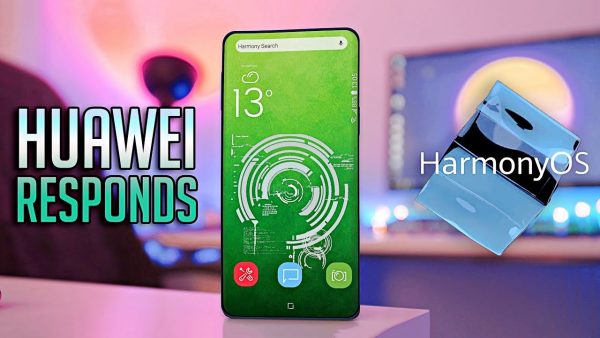
Highlights
- Huawei’s Android challenger
- Still in development stages
- Huge potential
- Will primarily target the Chinese market
Now, this is perhaps the newest player on the OS market today. Ever since Huawei was famously and controversially cut out from Android, the brand made it a point to redeem itself by creating a new OS. The result of this development is the Harmony OS.
Harmony OS or Hongmeng OS was initially released in 2019. It is still in the development stage but since it’s coming from Huawei, you really could not expect anything less.
Huawei has been grooming this OS not just as an alternative to Android, but as a legit market challenger. The OS will have the same connectivity as that of the iOS since Huawei will be rolling out Harmony for its smart TVs and laptops as well.
On the more technical side of things, Harmony OS uses a microkernel design. The result of this is tighter security and lesser latency for supported devices. With Huawei’s capacity for development, it would not be a surprise if Harmony turns out to be a big deal in a matter of months.
This OS will be exclusive to Huawei devices only. Ever since the big news, Huawei has been pouring out its assets towards improving Harmony OS instead of making new devices.
Huawei made use of its subsidiary brand, Honor, to test out Harmony OS in public. Currently, Harmony OS supports two Honor smartphones (Honor Vision and Honor Vision Pro) and one Huawei phone (Huawei Vision 65/75).
Firefox OS
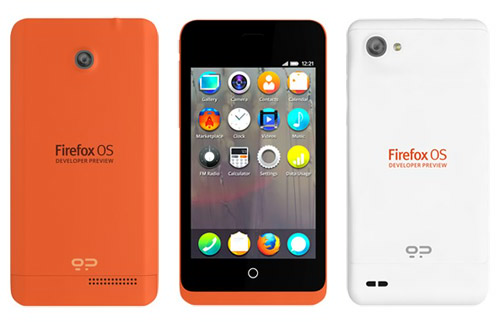
Highlights
- Created by a world leader in browsing
- Standard features
- Supports 15 devices
Anyone who has used the internet over 10 years ago has probably heard of Mozilla Firefox. Currently, Firefox is still one of the top internet browsers and it seems like Mozilla is not satisfied with just that.
Firefox OS was launched in 2013. Back then, Android and iOS were still building their way up to what they are now. Unfortunately, Firefox OS was not able to capitalize on the humble beginnings of those two giants.
Firefox OS did not show anything special back then. Since it was made by Mozilla, people expected it to perform well when it came to browsing or utilizing mobile internet. Although Firefox OS did fair well in that department, a simple lull in Mozilla’s development caused the system to be left in the dust by its competitors.
Devices using this OS are slowly fading through the times as well. Officially, Firefox OS supports five developer devices while there are 10 consumer devices running the system. Examples of Firefox OS devices that you can buy now are Alcatel OneTouch FireC 402D and ZTE Open II.
Sailfish OS
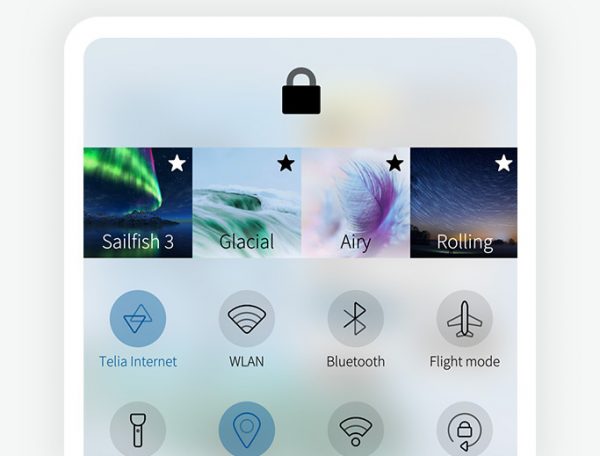
Highlights
- Fully independent of Android but can still support the said OS
- Traces its roots from Nokia and MeeGo OS
- Currently in version 3.0, with the latest update rolled out recently
Sailfish OS is yet again another Linux-based operating system much like Tizen and KaiOS. This OS is being developed by a Finnish company, Jolla. Sailfish OS is currently in its third generation and it looks like the ship is steady for now.
It traces its heritage from the traditional Nokia OS and MeeGo Operating System. Sailfish OS is increasing its presence in the European market, poising itself as an Android alternative for those who are outside the US. On April 23, 2020, it released its latest update version, the Sailfish 3.3.0.16.
Next to Huawei’s Harmony OS, Sailfish OS probably has the most complete set of features already. Although it is fully independent of Android, Sailfish is still compatible with the said OS. This means that you can use Android applications on Sailfish-powered phones.
It is also the only mobile operating system that has a regional licensing model. This makes the OS a great partner for social services and corporate solutions. However, for a usual smartphone user, Sailfish OS’s smooth user experience should be a good enough reason to get the phone already.
Sailfish X is the downloadable version of Sailfish OS. Currently, a lot of Sony’s flagship phones are compatible with the said mobile operating system. To be exact, the OS is available for Sony Xperia 10, Xperia 10 Plus, Xperia XA2, Xperia X, and Gemini PDA.
MIUI

Highlights
- Exclusive to Xiaomi devices
- Android-based UI system
- Downloads applications from the Play Store
MIUI is Xiaomi’s take on the strong Chinese smartphone market. Currently, this Android alternative is in its 12th version already. The first version, MIUI 1, was based on Android 2.1 and was released in August 2010.
Since this OS is based on Android, its features closely resemble that of the top OS. MIUI sports one of the smoothest user interfaces in the world today. They also have a version of Samsung’s Ultra Battery Saver mode and Dark Mode. Multitasking and the App Drawer are also present in these phones.
MIUI is currently exclusive to Xiaomi. MIUI 12, the latest version of this system, supports the Xiaomi Mi series, which has three smartphones in its line. It also supports two devices from the Xiaomi Redmi K series.
BlackBerry OS

Highlights
- One of the most well-known mobile operating systems today
- BBM is now the more inclusive and powerful BlackBerry Hub
- A pioneer of the smartphone industry but unable to ride the tides of time
Last, but not the least, is the operating system that stood toe to toe with Android and iOS. Anybody who held a phone pre-smartphone era probably experienced using a BlackBerry device. Released in 1999, the Blackberry OS saw its big break when it released its 6th and 7th version.
BlackBerry Limited is a Canadian company that was famous for instigating the smartphone revolution. With their trademark qwerty keyboard and trackpad, they became one of the most sought-after phone brands in 2010.
BlackBerry OS was an Android alternative that used to rule the world. One of its most famous features is BlackBerry Messaging. It allowed users to message other BlackBerry users without the use of mobile load or the internet. This feature was especially useful back when Wi-Fi was not common yet.
This OS is also one of the pioneers of mobile application development. It was one of the first systems to enable social media access through a mobile platform. Its latest version, BlackBerry 10, can now support gestures and keyboard shortcuts. It also has a multitasking feature and the old BlackBerry Messenger platform is now the BlackBerry Hub.
As you may know, this mobile operating system is exclusive to BlackBerry devices. Unfortunately, there aren’t a lot of BB devices we see now. Its latest version supports 10 smartphones starting from 2013’s BlackBerry Z10 to 2015’s BlackBerry Leap.
Why We Need an Android Alternative
This is actually a really good question. If it ain’t broke, why fix it, right?
Well, there are a lot of answers to this question. First off, from the perspective of developers, Android alternatives induce improvements. If other operating systems remain as they are, Android would probably remain as it is too. Without competition, there would not be any form of innovation.
From the perspective of the consumers, having an Android alternative diversifies the options. The different mobile operating systems mentioned above all differ in features, uses, and prices. Although we consider Android as the standard of being a complete OS, it would still be nice to have choices to choose from.
Choosing the Right OS for You
When it comes to making the right choice, there are some questions that you can ask yourself to help you with your decision.
First, what will you need it for? For the average person who loves playing games on their phones, Android is a gift and iOS is an even bigger blessing. For those who are into trading, Sirin OS is definitely an option while the classic BlackBerry OS is classically good.
Second, you also have to ask about your budget. Everybody knows that devices running on iOS do not come in cheap, so budget is really of the essence. While Android phones are generally cheaper than Apple products, alternative mobile operating systems can also be an option. Huawei’s Harmony and Xiaomi’s MIUI are both cheaper alternatives with the same functions and potential as Android’s.
You can also ask yourself about the brand and the user interface that you would prefer. Some of these mobile operating systems are exclusive only to their respective developers. Everybody knows that the majority of Samsung phones are running on Android and Apple’s phones have iOS. Then again, Huawei, BlackBerry, and the rising Xiaomi are not terrible brands as well.
Key Takeaway
There are 10 systems laid out for you here and several updates on mobile operating systems tell us that development is constant for them. There is a possibility that one of these will overtake Android someday or will perhaps be competitive enough to gain a larger share of the market. Who that challenger might be is still a mystery, but everyone has their bets.
For now, what’s important is for you to balance out the factors of features, price, and brand in order for you to make the right decision.
